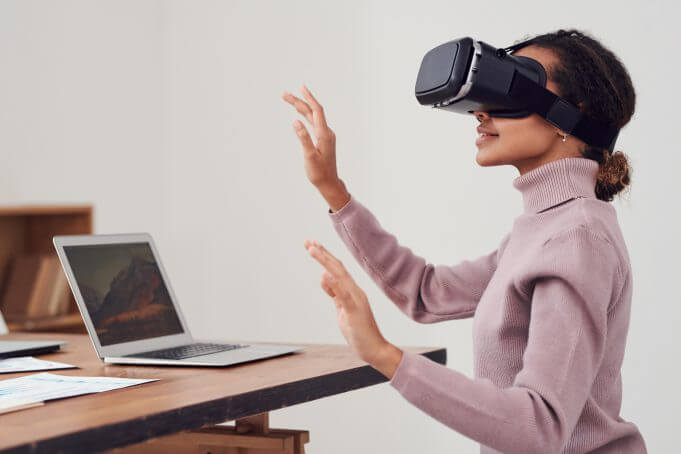The shiny eevee. The snorlax. The snubbull. Yup, they’re characters from Pokemon Go, the viral mobile game that took the world by storm in the summer of 2016. But they’re also some of the most obvious examples of augmented reality (AR)—a form of technology that superimposes computer-generated images on a real-world life view.
For a long time, AR was seen as science fiction. But with advancements being made across numerous different industries, AR is actually an in-the-moment technology that’s growing more and more important for businesses every day.
AR can be more than just a tool for your company—it can be a game changer in the way your business runs. It can be harnessed by employees from all corners of an organization, since it helps users to visualize data in ways that weren’t possible before.
Here are a few ways AR could help revolutionize the way your company does business.
Working with remote locations
Does your company have multiple work or field sites, as well as a main office? AR can help to bring teams together to foster better collaboration regardless of location.
For example, AR can help visualize plans, drawing, or models of construction plans at a particular site location—offering a far greater impact than verbally on-site explanations at the work site, and providing clarity as teams work together from different locations.
Visualizing complex designs
If your business does any sort of engineering, AR might be the next best thing for your employees.
Technology such as Microsoft’s HoloLens allows your workforce to see 3D diagrams and models as holograms. These holograms can help different employees see their creations come to live, and assist in identifying any potential issues before full-scale projects are built.
































